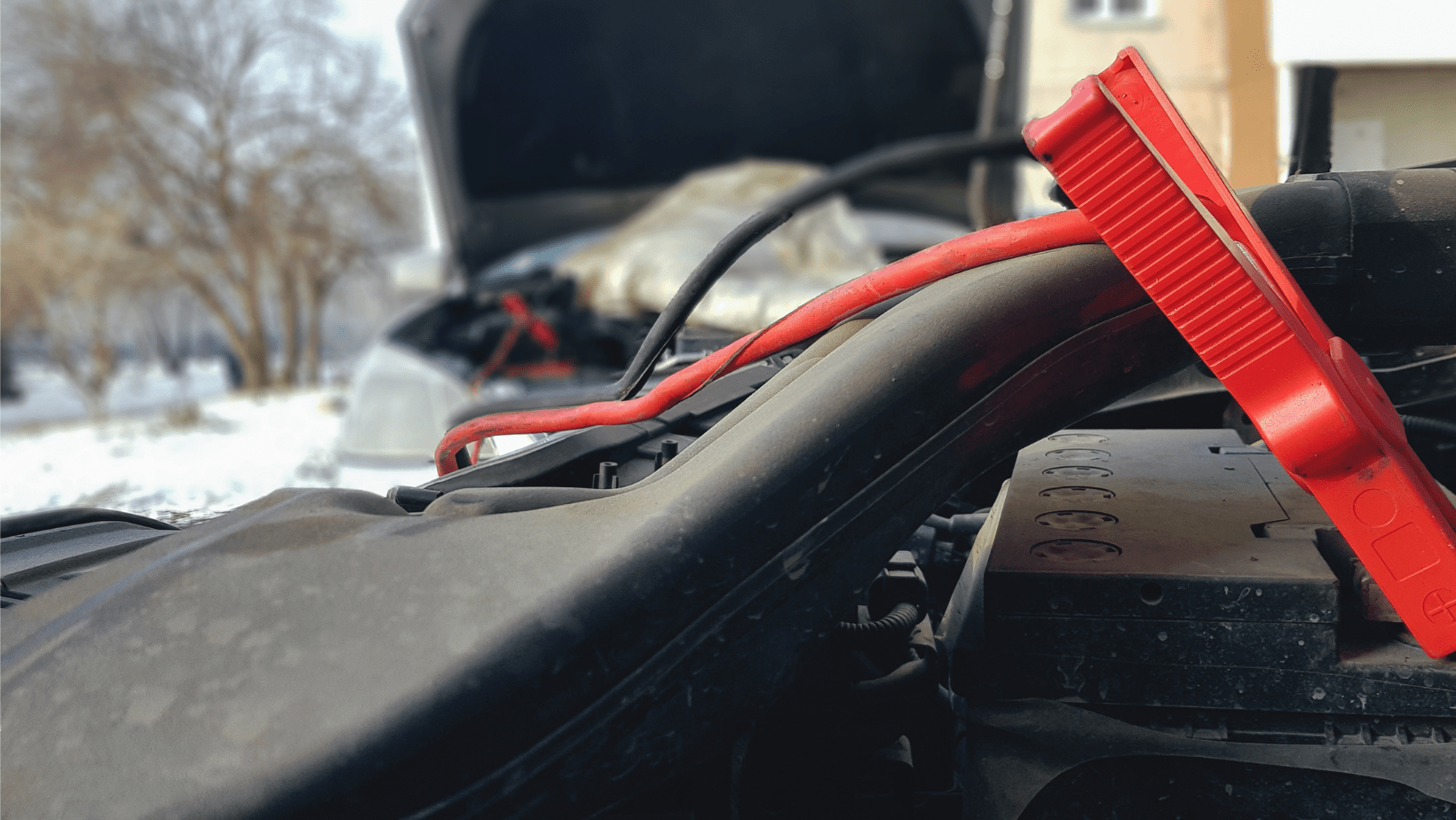Table of Contents
Cold Weather Battery Care
Key Takeaways
| Topic | Detail |
|---|---|
| Cold Weather Impact | Cold weather can reduce battery power by 20-60%. |
| Battery Capacity & CCA | High cold cranking amps (CCA) help in cold starts. |
| Charging & Accessories | Keeping the battery charged and managing accessories is crucial. |
| Maintenance Tips | Regular battery checks and maintenance can prevent issues. |
| Protective Measures | Using garages, cleaners, and battery chargers can help. |
The Impact of Cold on Your Car Battery
As temperatures drop, your car battery’s efficiency declines. Cold weather can slow the chemical reactions inside the battery, making it harder to generate power. In extreme cold (below 0°F/-18°C), battery power can drop by more than 50%, leading to sluggish starts or complete failure. If your battery is already weak, winter conditions may drain it completely.
How Cold Weather Affects Battery Performance
| Temperature Range | Battery Power Reduction | Recommended Actions |
|---|---|---|
| Above 32°F (0°C) | Minimal reduction | Routine checks and maintenance. |
| 0°F to 32°F (-18°C to 0°C) | 20-50% loss | Increased charging; consider higher CCA battery. |
| Below 0°F (-18°C) | More than 50% loss | Use a block heater, battery warmer, or trickle charger; frequent testing. |
Understanding Battery Capacity and Cold Cranking Amps (CCA)
One of the most important specifications for winter battery performance is Cold Cranking Amps (CCA).
Why CCA Matters in Cold Weather
- CCA measures how well a battery can deliver power in freezing temperatures.
- A battery with a higher CCA will perform better in cold starts, ensuring the engine cranks properly.
- If you live in an area with harsh winters, upgrading to a higher CCA-rated battery is recommended.
Tip: Check your vehicle’s manual for the recommended CCA rating before purchasing a new battery.
Charging and Accessory Management
The Role of the Alternator in Cold Weather
Your car’s alternator recharges the battery while the engine is running. However, in cold weather, the battery’s charge retention drops, making it harder for the alternator to restore full power.
Managing Accessories to Preserve Battery Life
Winter driving increases power demand due to accessories like:
Heaters
Defrosters
Windshield wipers
Heated seats & steering wheels
Since these draw power from the battery, be mindful of their usage:
- Turn off unnecessary electronics when idling.
- Allow the battery to fully recharge after starting the vehicle.
- If taking short trips, consider a trickle charger to maintain battery charge.
Maintenance and Protective Measures
Regular Checks and Maintenance
Prevent battery failure with these simple maintenance steps:
Check Battery Terminals – Ensure clean, corrosion-free connections for efficient power transfer.
Test Battery Health – Use a multimeter or conductance tester to monitor charge levels.
Inspect for Physical Damage – Look for cracks, leaks, or bulging in extreme cold.
Using Garages and Battery Chargers
Park Indoors – If possible, keep your car in a garage to maintain a warmer temperature.
Use a Battery Charger – If parking outdoors, a battery maintainer or trickle charger can prevent power loss.
Consider a Block Heater – Heats the engine, making it easier for the battery to crank.
Cleaning and Replacing the Battery
- Regular Cleaning – Remove dirt, grime, and corrosion from battery terminals using a baking soda/water solution.
- Check Battery Age – If your battery is older than 3-5 years, it may be time for a replacement before winter hits.
Tip: A weak battery may still start your car in mild weather but fail completely in extreme cold.
➡️ Learn more: Extending Battery Lifespan: Maximizing Your Car Battery’s Health
Recognizing the Signs of a Failing Battery
Watch out for these warning signs, especially in winter:
✅ Slow Engine Cranking – Takes longer than usual to start.
✅ Dim Headlights & Weak Electronics – Dimming when turning on accessories.
✅ Frequent Jump-Starts – Needing jumps multiple times per week.
✅ Battery Warning Light – Dashboard indicator stays on.
If you experience these issues, it’s time to test or replace your battery.
Conclusion: Winter-Proofing Your Battery
As winter approaches, preparing your battery is essential for avoiding breakdowns. Cold temperatures can severely impact performance, but proper maintenance, protective measures, and using the right battery will keep your vehicle running smoothly.
Final Winter Battery Care Tips:
✔️ Choose a higher CCA battery if you live in a cold climate.
✔️ Park in a garage or sheltered area whenever possible.
✔️ Limit excessive use of heaters, defrosters, and accessories.
✔️ Use a trickle charger or block heater for extreme cold.
✔️ Test your battery regularly to catch problems early.
A little preventive care now can save you from the frustration of a dead battery in freezing temperatures!


Additional Resources
Check out the best performance car gear available on the market.
